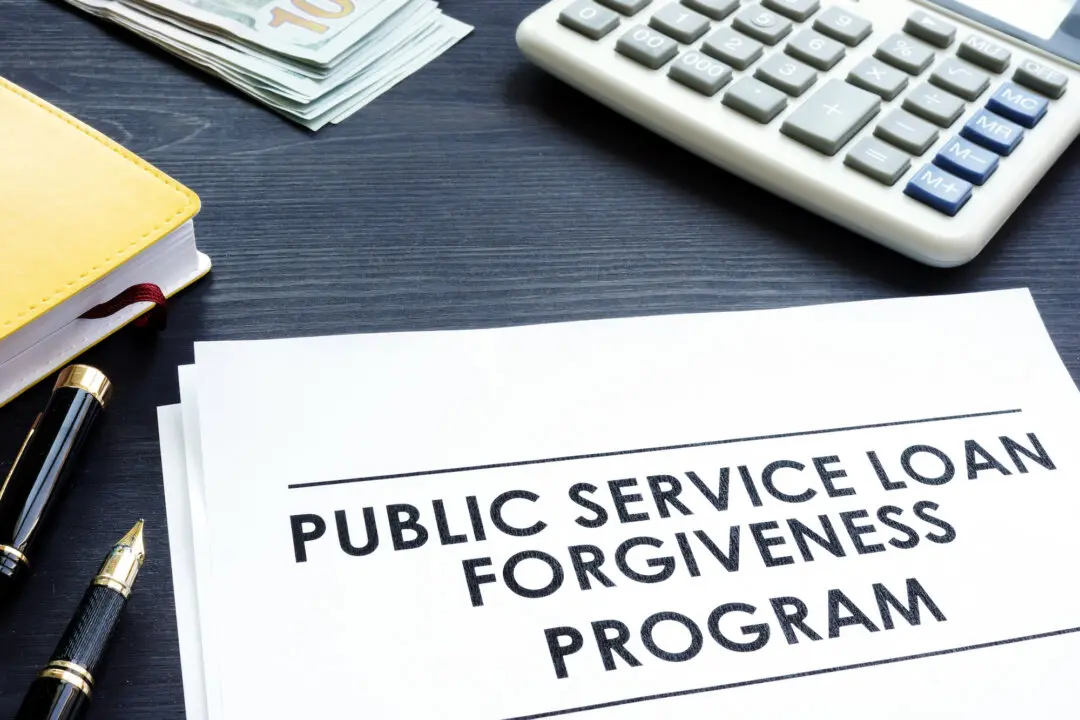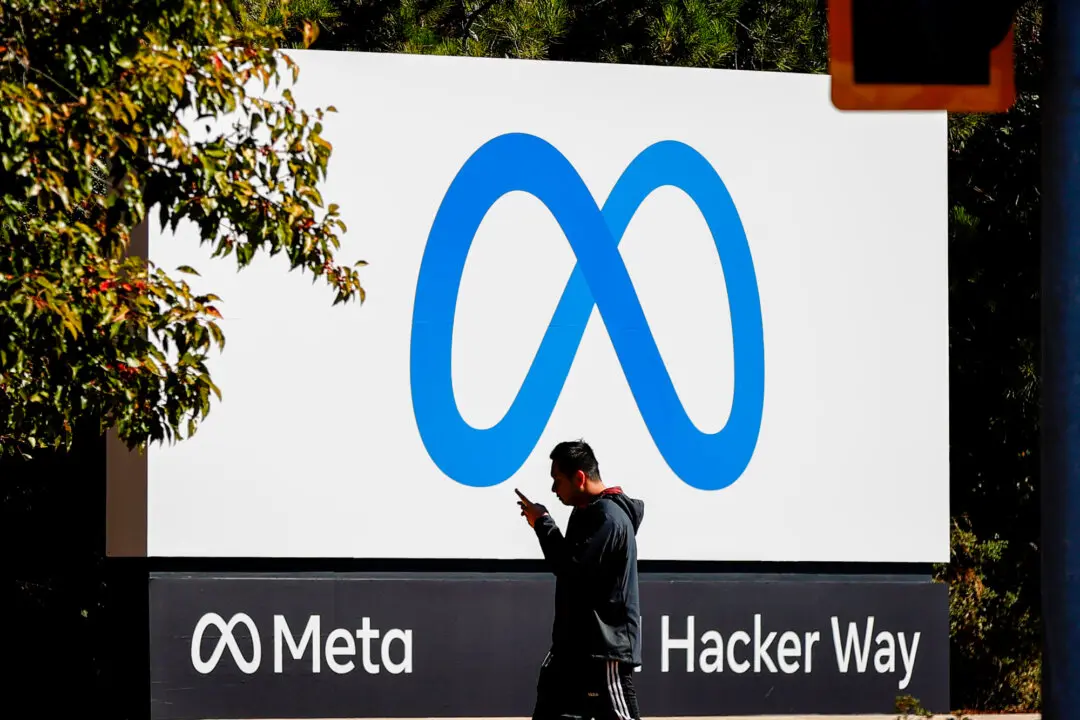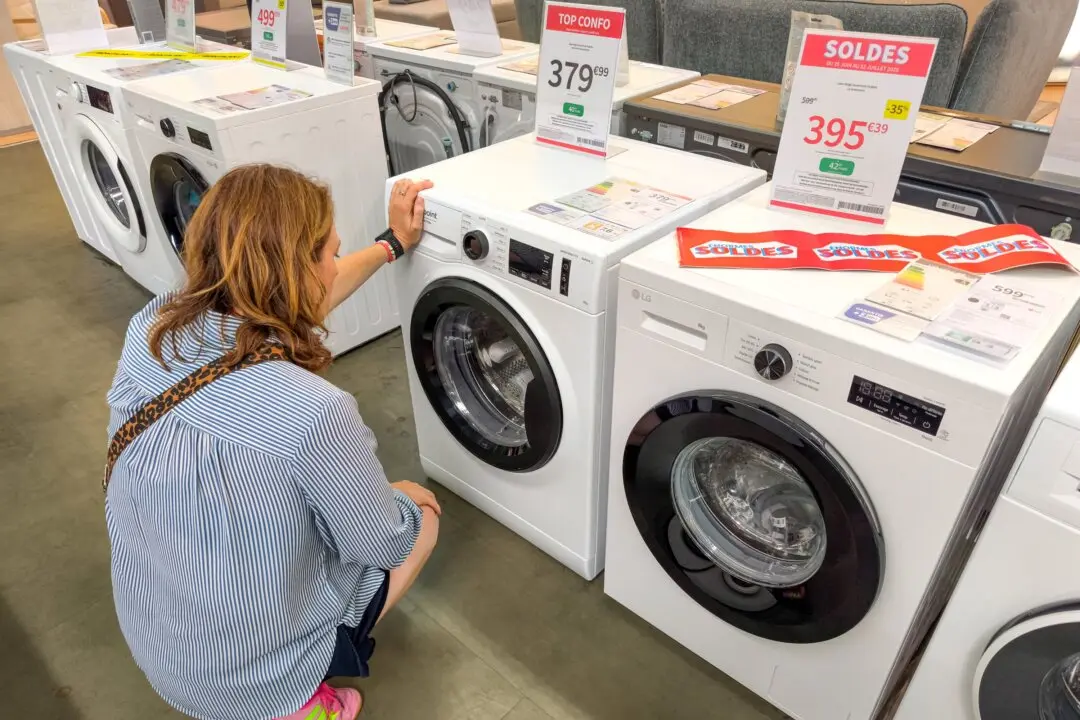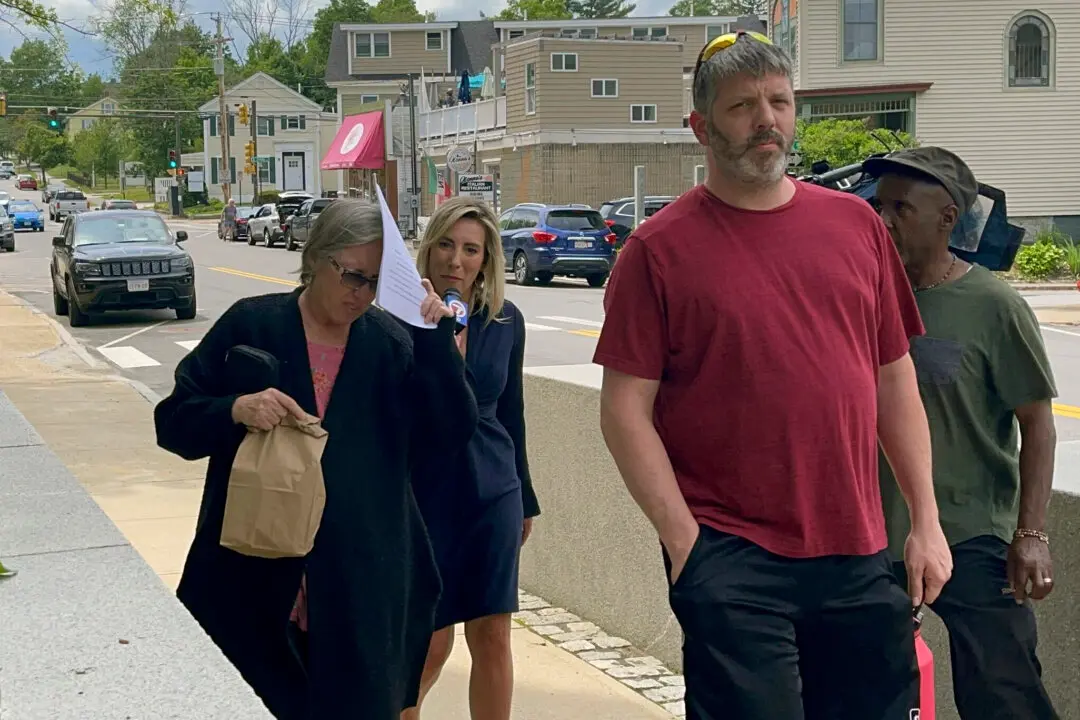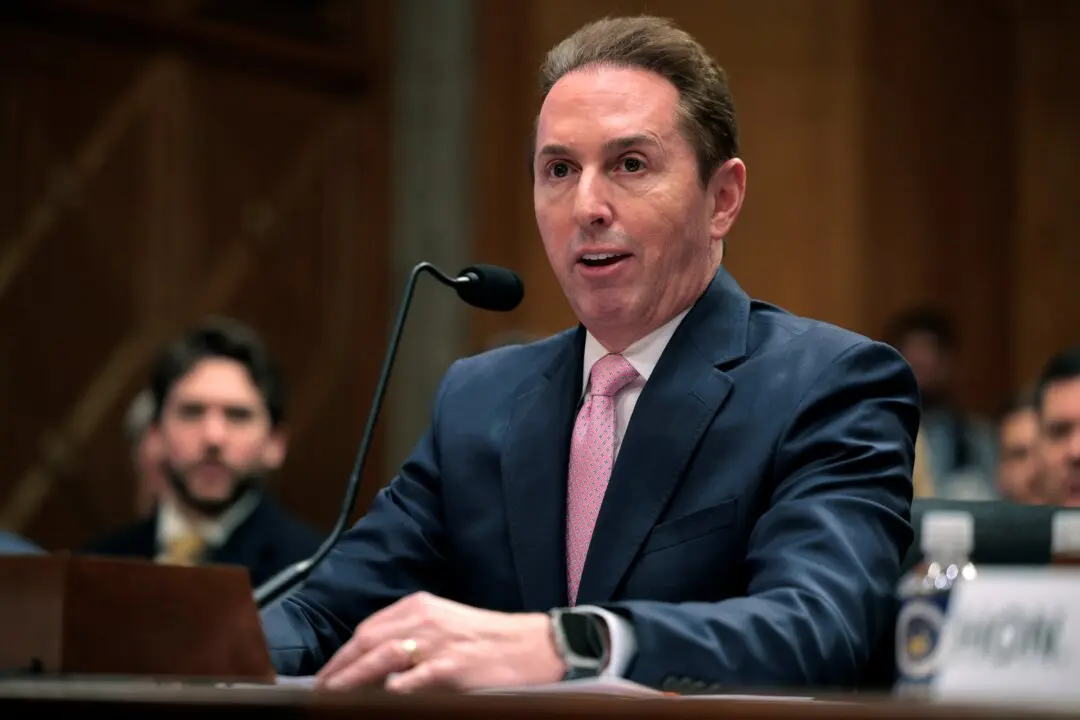The U.S. Department of Education is proposing to revise the confusing application forms of the Public Service Loan Forgiveness (PSLF) Program, which declined nearly 99 percent of loan relief requests in the first year of its expansion.
The PSLF program was created in 2007 to encourage college graduates to pursue public service careers. Borrowers who spend 10 years at public service jobs such as teaching, nursing, and policing while also making 120 monthly payments towards their student loans could request to have the remainder of those loans wiped out. In May 2018, the Education Department introduced Temporary Expanded Public Service Loan Forgiveness (TEPSLF) program, which provides limited loan relief for borrowers who have trouble obtaining PSLF loan forgiveness because they are on repayment plans that are not eligible for PSLF.
